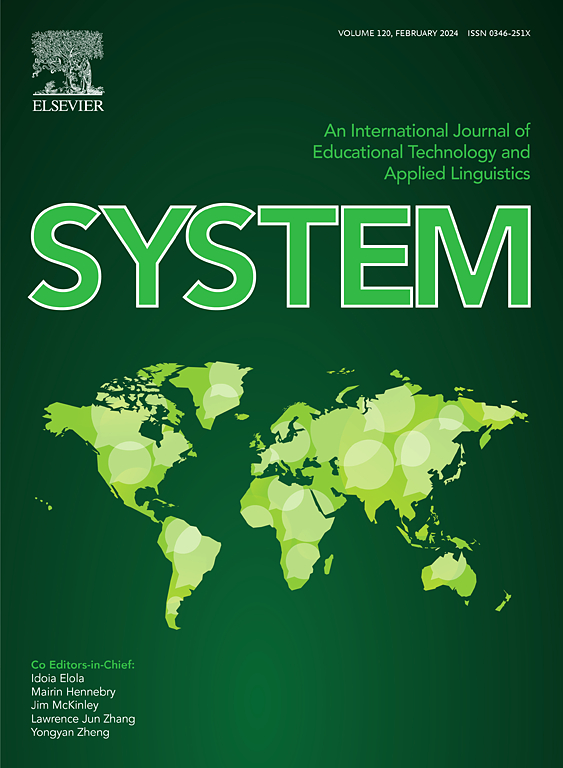降低泌乳奶牛饲粮中粗蛋白质含量可提高氮素利用效率,降低尿氮排泄量,但对瘤胃微生物组无明显影响
IF 6.5
1区 农林科学
Q1 Agricultural and Biological Sciences
引用次数: 0
摘要
泌乳奶牛的氮素利用效率(NUE)较低,即乳氮(N)产量占消耗氮的比例,过量的氮大部分以粪便形式排出。排出的氮可以以氨气的形式流失到环境中,导致敏感栖息地的环境酸化和养分富集,并导致水体富营养化。虽然有大量证据表明,降低奶牛饲粮中的粗蛋白质(CP)含量可以提高NUE,但饲喂低蛋白质饲粮对奶牛生产性能和瘤胃微生物群的长期影响尚不清楚。本试验旨在研究降低奶牛饲粮中粗蛋白质含量对奶牛生产性能、NUE、NUE与剩余采食量(RFI)的关系以及瘤胃微生物群的影响。饲粮粗蛋白质含量对采食量、产奶量和乳成分均无显著影响(P < 0.05),但乳尿素N (MUN)随饲粮粗蛋白质含量的增加而升高(P < 0.05)。LCP(低蛋白,15%)、MCP(中蛋白,16%)和HCP(高蛋白,17%)饲粮的平均NUE分别为34%、34%和31%。RFI与NUE呈负相关(r = - 0.57, P < 0.001)。瘤胃氨氮浓度随饲粮粗蛋白质的增加而升高;瘤胃pH和挥发性脂肪酸(VFA)含量保持不变。预测尿N排泄在HCP和MCP饮食比在LCP饮食。降低奶牛饲粮中粗蛋白质含量对微生物组成、多样性和功能特征没有影响。高效奶牛中含有较多拟杆菌科菌,低效奶牛中含有较多甲烷杆菌科菌和甲烷预菌属菌。此外,HE奶牛的丙酸代谢、半胱氨酸和蛋氨酸代谢以及氨基酸生物合成途径更为丰富,而LE奶牛的甲烷(CH4)代谢途径上调。结果表明,降低饲粮粗蛋白质不会影响奶牛生产性能,但会导致氮排泄量减少。微生物种群丰度在低效率奶牛和高效率奶牛之间存在差异,这可能是造成效率差异的原因。本文章由计算机程序翻译,如有差异,请以英文原文为准。
Reducing crude protein content in the diet of lactating dairy cows improved nitrogen-use-efficiency and reduced N excretion in urine, whilst having no obvious effects on the rumen microbiome
Nitrogen-Use-Efficiency (NUE) in lactating dairy cows, defined as milk nitrogen (N) output as a proportion of N consumed, is low, with the majority of excess N excreted in manure. Excreted N can be lost to the environment as ammonia gas leading to environmental acidification and nutrient enrichment of sensitive habitats, and to watercourses contributing to aquatic eutrophication. While there is much evidence that NUE can be improved by reducing the crude protein (CP) content of dairy cow diets, the long-term impacts of feeding lower protein diets on cow performance and the rumen microbiome are less well understood. This study examined the effects of reducing the CP contents of dairy cow diets on cow performance, NUE, the relationship between NUE and residual feed intake (RFI), and the rumen microbiome. Dietary CP content did not affect feed intake, milk yield or milk composition (P > 0.05), except for milk urea N (MUN), which increased with increasing diet CP content (P < 0.05). The mean NUE was 34%, 34% and 31% for the LCP (low-protein, 15%), MCP (medium-protein, 16%), and HCP (high-protein, 17%) diets, respectively. RFI was negatively correlated with NUE (r = −0.57, P < 0.001). The rumen ammonia-N concentrations increased with increasing dietary CP; however, the ruminal pH and volatile fatty acid (VFA) content of the rumen fluid remained constant. Predicted urinary N excretion was greater in the HCP and MCP diets than in the LCP diet. Reducing dietary CP content in dairy cow diets did not affect microbial composition, diversity and functional profiles. The family Bacteroidaceae was more abundant in HE (high-efficiency) cows, whereas the Methanobacteriaceae and the genus Methanobrevibacter were more abundant in LE (low-efficiency) cows. Additionally, propanoate metabolism, cysteine and methionine metabolism and amino acid biosynthesis pathways were more abundant in HE cows, whilst the methane (CH4) metabolism pathway was upregulated in LE cows. The results demonstrate that diet CP can be reduced with no loss in cow performance, but with an associated reduction in N excretion. The abundance of microbial populations differed between low and high efficiency cows, which may contribute to the differences in efficiency observed.
求助全文
通过发布文献求助,成功后即可免费获取论文全文。
去求助
来源期刊

Journal of Animal Science and Biotechnology
AGRICULTURE, DAIRY & ANIMAL SCIENCE-
CiteScore
9.90
自引率
2.90%
发文量
822
审稿时长
17 weeks
期刊介绍:
Journal of Animal Science and Biotechnology is an open access, peer-reviewed journal that encompasses all aspects of animal science and biotechnology. That includes domestic animal production, animal genetics and breeding, animal reproduction and physiology, animal nutrition and biochemistry, feed processing technology and bioevaluation, animal biotechnology, and meat science.
 求助内容:
求助内容: 应助结果提醒方式:
应助结果提醒方式:


